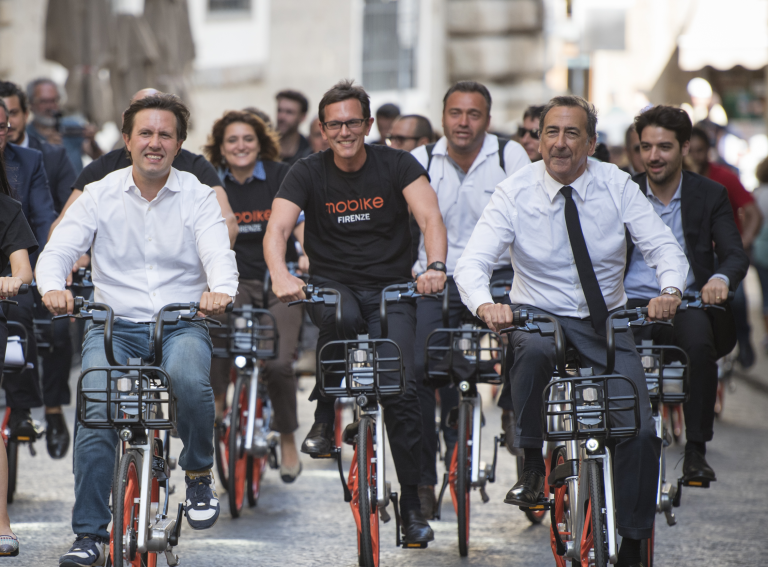New mobility solutions that run on water like smart hydrofoils and electric sea gliders can play an important role in both connecting urban coastal areas and decarbonising the future maritime sector.
This is one of the hot focal points at the mobility expo CoMotion Miami on May 10-11, a global platform for leading mobility stakeholders.
It is run by CEO and Founder John Rossant, once responsible for producing the World Economic Forum Annual Meeting in Davos, Switzerland. Rossant also leads the global non-profit NewCities which focuses on building healthier, more inclusive, and resilient cities.
By bringing together top public sector officials and CEOs to discuss mobility solutions, Rossant aims to further discussions around cutting-edge technology solutions to make sustainable and seamless multi-modality a reality.
Zag Daily: What new technologies within urban mobility do you think have real potential?
JR: “Maritime solutions will be the next step for urban mobility, this is a new area that has been overlooked. With many cities located on waterways, including Paris, London, and New York, as well as CoMotion’s hubs in Los Angeles and Miami, efficient and sustainable transportation on water can be an important way of getting around urban areas.
“It is also an area that desperately needs to be decarbonised. So one of the big subjects that we’ll be talking about at our flagship conference in Miami is ways to decarbonise ports. With new technologies such as smart hydrofoils and efficient engines emerging, there is hope for a more sustainable future for maritime mobility.”
Zag Daily: What kind of maritime technologies are out there and how do they complement urban transportation?
JR: “Smart hydrofoils were developed about five years ago, which are essentially surfboards with lifting capabilities powered by incredibly efficient batteries. From that, a new generation of electric boats that utilise smart hydrofoils are emerging.
“One company in Massachusetts is developing an electric sea glider that functions like a seaplane, but with intelligent hydrofoils. It hovers five to 30 feet above water, though it is not considered an aeroplane. In my view, it’s an incredibly important new way of connecting coastal urban regions. You could travel from Boston to New York in just half an hour, compared to the train or a long car ride.”
Zag Daily: How does CoMotion Miami help to forward these solutions?
JR: “Our mission is to build bridges between the public and private sectors and help the conversation progress. We think cities can learn from each other. New York City, for example, has learned from Bogota how to better plan its bus lines.
“We stand for a future of sustainable multimodal mobility for all – that a journey from point A to B can be on a shared e-bike, by public transport, ride-hailing, and so on, but with a seamlessness to it, which does not yet exist. We think technology will help us get there in the future.”
Zag Daily: You mentioned e-bikes, how do you assess the micromobility market?
JR: “There is a burgeoning number of offers in the micromobility market for two, three and four-wheeled vehicles, which play a crucial role in our decarbonisation efforts. I particularly like the small electric quadricycles popping up that hold a maximum of one to two people as they’re accessible and protect people from the elements.
“Even if we were to rapidly electrify our car fleets, this would not be the solution as most electric cars still take up space and are too heavy so they pose a risk to rider safety. So we love the idea of smaller vehicles.”
Zag Daily: Finally, what are you witnessing in the investment landscape?
JR: “The era of easy money is over. There is a lot of complaining in the shared industries. If you look at Bird being taken over by its Canadian subsidiary, it’s harder to make money in shared micromobility. I don’t think anyone has arrived at a sustainable business model yet but I also think it has been way too frothy. Valuation levels are more reasonable now, which is healthy in the long run. And cities that give micromobility licences to operators under certain strict conditions is probably the way to go. This then helps firms become more profitable. But it’s themes like this that will be fleshed out in detail at CoMotion Miami so do come along and check it out.”





